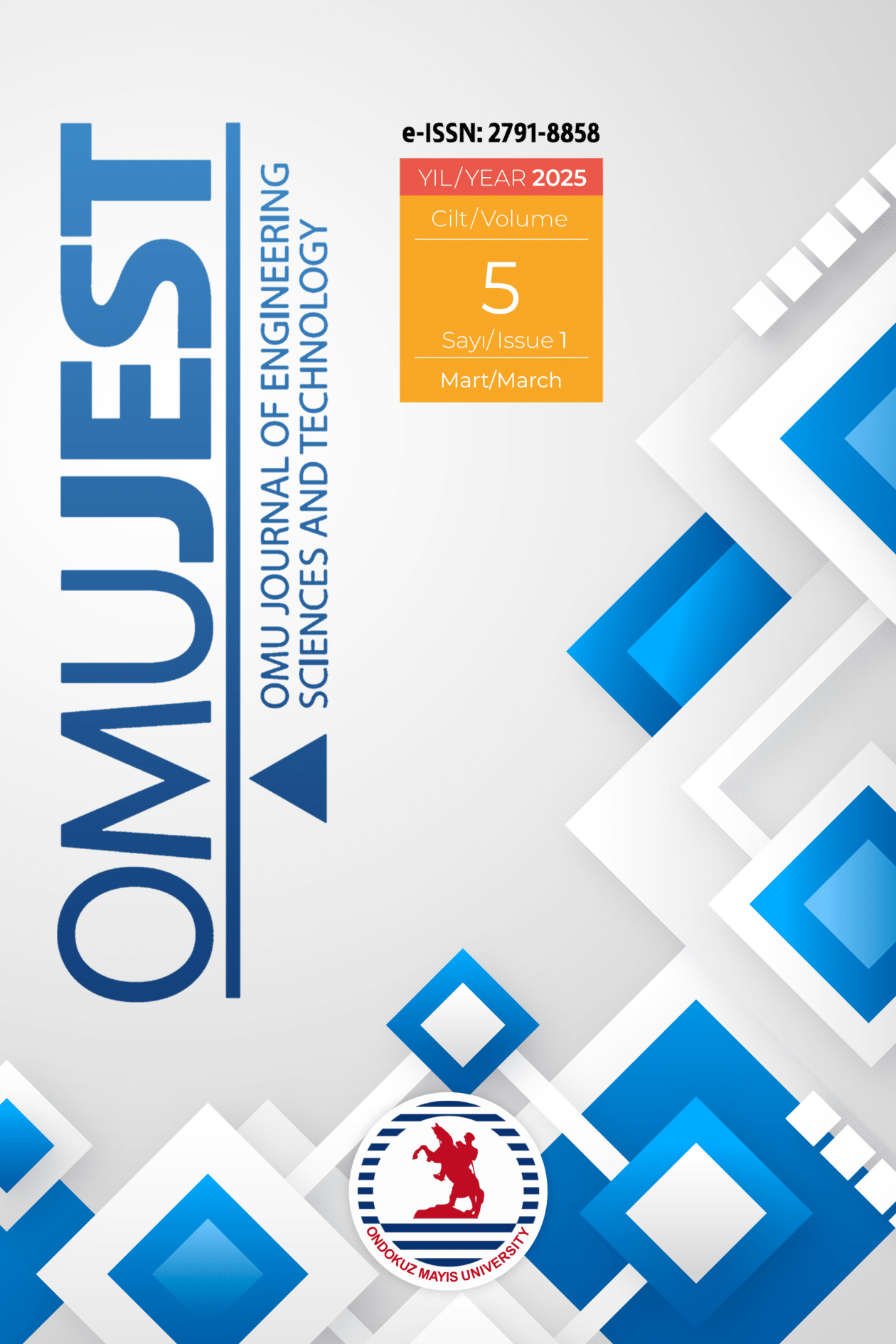NUMERICAL INVESTIGATION OF THE BEHAVIOR OF SOIL IMPROVED WITH RAMMED AGGREGATE PIERS UNDER SEISMIC LOADS
Keywords:
Rammed Aggregate Piers, Soil İmprovement, Earthquake, Bearing Capacity, SettlementAbstract
Many soil improvement methods have been developed in civil engineering applications to build foundations on loose and soft soils. However, the high costs of existing soil improvement methods have led geotechnical engineers to search for alternative methods against traditional soil improvement methods. One of these methods is rammed aggregate piers. This study investigates how the rammed aggregate piers, which provide time and cost savings compared to the existing methods, will contribute to the bearing capacity increase and settlement reduction under seismic loads. For this purpose, by applying seismic loads as a pseudo-static coefficient to two-dimensional models, which are formed by taking different column lengths (4.5 m, 6.5 m, 8 m, 10 m) and different column spacing/diameter (s/D=5, s/D=4, s/D=3 ve s/D=2) ratios into consideration, the bearing capacity and settlement values were obtained before and after the improvement. The seismic load was implemented using the pseudo-static coefficients. Plaxis 2D finite element software was used for these analyses. It is concluded that the values of bearing capacity increase, and settlements decrease in the soils improved with rammed aggregate piers. Besides, with the increase in earthquake acceleration, bearing capacities decrease, and settlements increase. The results are presented as tables and graphs.




